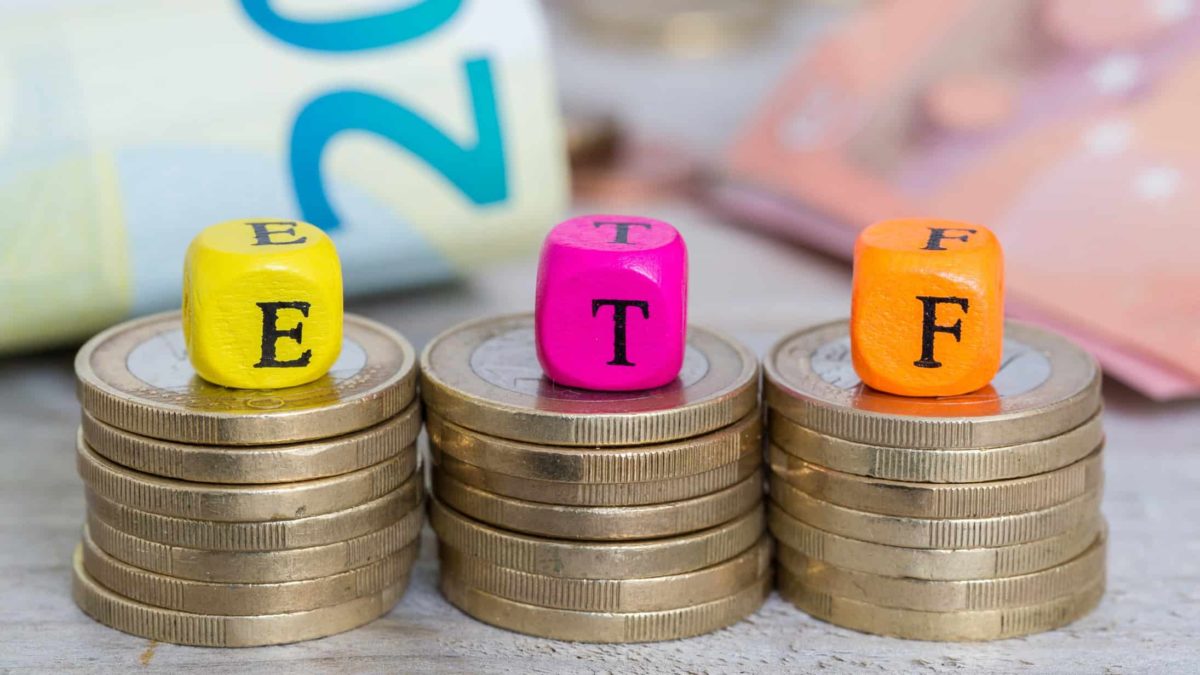Looking for a boost in passive income? The share market is a great place to start looking. Investing in individual ASX shares can be a lucrative source of passive dividend income.
However, investing in an income-focused exchange-traded fund (ETF) could be a better fit for many investors.
There are a few income-focused ASX ETFs on our share market. One popular option is the Vanguard Australian Shares High Yield ETF (ASX: VHY).
This ETF works by holding an underlying portfolio of individual shares, all selected on their ability to fund substantial but also sustainable income payments.
In other words, this fund offers a ready-made portfolio that is tailored to the needs of income investors.
As of 31 March, some of the largest holdings in VHY's portfolio include BHP Group Ltd (ASX: BHP), Commonwealth Bank of Australia (ASX: CBA), Westpac Banking Corp (ASX: WBC), Telstra Group Ltd (ASX: TLS), and Woodside Energy Group Ltd (ASX: WDS).
By owning units of the Vanguard Australian Shares High Yield ETF, you are entitled to a slice of the passive income that these underlying holdings pay out.
How much ASX passive income does the VHY ETF pay out?
Since it holds so many dividend-producing shares, VHY can afford to spread out its dividend distributions. Investors typically receive income every three months from this ETF. Investors probably welcome this payment schedule, given that most dividend shares on the ASX fork out their payments only every six months.
But exactly how much passive income can one expect from this dividend ETF?
Well, the income that VHY can pay out is determined by the dividends that its underlying holdings fund. As such, these tend to bounce around from year to year. I can't tell you what this ETF will pay out going forward. But we can take a look at what it has paid out in recent years.
For example, in 2024, investors enjoyed four payments totalling $3.98 per unit. In 2023, investors received a total of $3.43 per unit, while in 2022, $3.84 was distributed.
Over the past 12 months, investors have received an impressive total of $5.66 in dividend distributions per share. That gives VHY a trailing yield of 8.02% at current prices.
Foolish takeaway
If you are an investor looking for an easy investment that generates high income from the share market, this ETF could be a great choice.
You're always going to get a cross-section of the dividend income that the entire Australian market pays out from year to year. Plus, VHY's management fee is quite reasonable at 0.25% per annum.









